
NASA’s Curiosity Mars rover captured this image of rhythmic rock layers with a repeating pattern of spacing and thickness. The pattern might have been caused by weather or climate cycles occurring while the sediment layers were being deposited, such as dust storms happening at regular intervals in the ancient past. Credit: NASA/JPL-Caltech/MSSS
NASA’s Curiosity Mars rover captured this stunning image of rhythmic rock layers with a repetitive pattern in their spacing and thickness. This rhythmic pattern could be the result of ancient weather or climate cycles during the deposition of these sediment layers. For example, dust storms occurring at regular intervals in the ancient past may have played a role in shaping this pattern.
This mosaic is made up of 17 individual images captured in the “Marker Band” area by Curiosity’s Mastcam on November 7, 2022, the 3,646th Martian day, or sol, of the mission. The mosaic was captured by Mastcam’s 34-millimeter-focal-length camera.
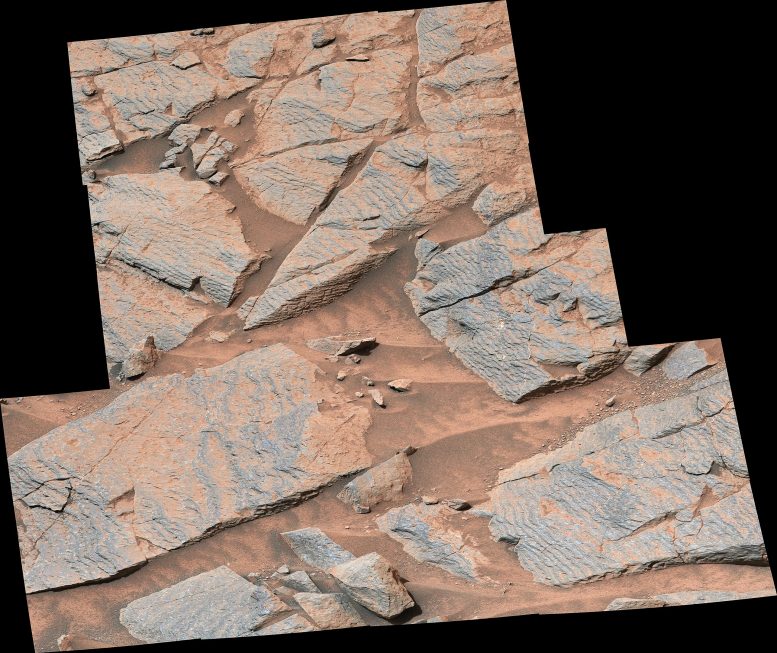
This image, which has a higher resolution, shows the same rock layers in 17 images taken by Mastcam’s 100-millimeter-focal-length camera. Credit: NASA/JPL-Caltech/MSSS
Curiosity is a rover that was sent to Mars as part of NASA’s Mars Science Laboratory mission. The rover was launched on November 26, 2011, and landed on Mars on August 6, 2012. The main objective of the Curiosity mission is to explore the Gale Crater on Mars and study its geology and climate, in order to determine whether the planet has ever had conditions suitable for supporting microbial life. The rover is equipped with a variety of scientific instruments and tools, including a rock-vaporizing laser, a drill for collecting soil and rock samples, and a suite of cameras for capturing images and data.
The Curiosity rover was built by NASA’s Jet Propulsion Laboratory, which is managed by Caltech in Pasadena, California. JPL leads the mission on behalf of NASA’s Science Mission Directorate in Washington. Mastcam was built and operated by Malin Space Science Systems in San Diego.


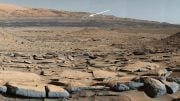
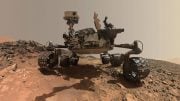
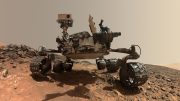
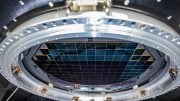

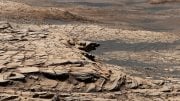
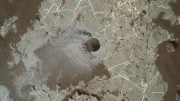
Be the first to comment on "NASA’s Curiosity Rover Views Rhythmic Rock Layers on Mars"